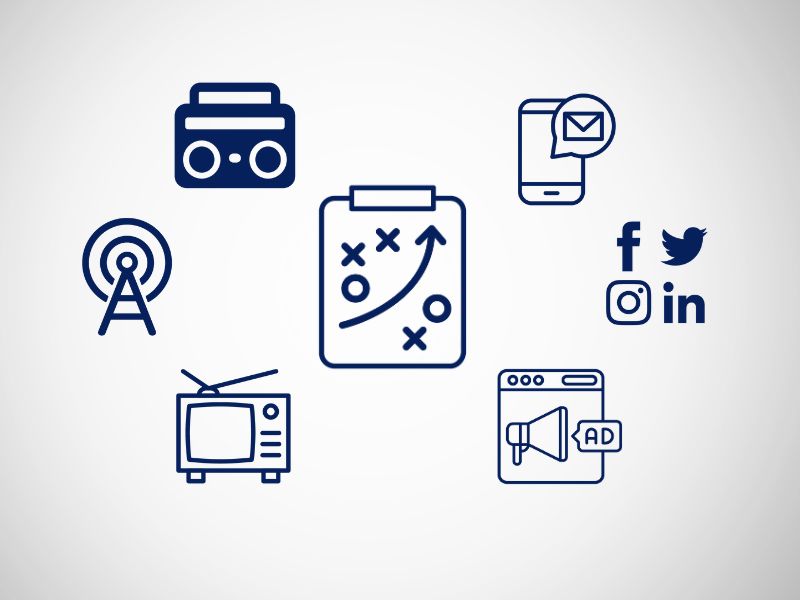
Smart Creative Requires Intelligence

Creative people sometimes cringe at the “data” word. All we hear in marketing circles these days is data this, data that. But it’s much more than just a trendy marketing buzzword. It’s the foundational building block we use to create bigger, bolder, more effective ideas.
Based on the right-brain and left-brain theories of old, you would expect creative types to run from data, wanting to ensure their creativity isn’t crushed by numbers. But I’m happy to say that it’s a brand-new world where data inspires us to explore innovative ideas and change outcomes in ways we might never have expected. Our creative folks not only welcome the benefits of data, we embrace them with mind and soul. While other “right brainers” may feel constrained by data, we find it liberating.
Maybe that’s because we don’t often look at data in raw form. We use what we like to call data intel. It requires a deep dive and analysis that often confirms an important brand truth or uncovers an actionable insight. That’s what gives data true value. When applied with empathy and insight, data intel opens new doors and frees our minds to explore more deeply. It’s this balance we strike between creativity and data that makes us unique. It’s part of our DNA, embedded in our methodology.
Creative decisions no longer rely on speculation and assumptions. They’re driven by hard data and facts. We start from a position of knowledge and a greater understanding of how customers think and behave. Which gives us a better chance to create meaningful messages to affect that behavior. It’s not what we or the client think is right, it’s what the customer tells us is right.
Another significant benefit of data-driven marketing is the ability to improve our campaigns over time based on feedback from analyzing prior results. For instance, we’ve utilized innovative AI research technology to track attention and emotion in our video content, so we know which type of scenes generate the desired reactions. And A/B testing of messages allows us to optimize digital campaigns in flight. These and other optimization techniques provide a new level of predictability that can help inform future creative decisions.
There is far more data available to us than ever before and it can be a challenge to organize and analyze it. But marketers that harness this information are in a much stronger position to succeed. Knowledge is power. And the more we know about our customers, the more effective our creative campaigns will be. That’s the true measure of creativity in marketing.



.jpg)
